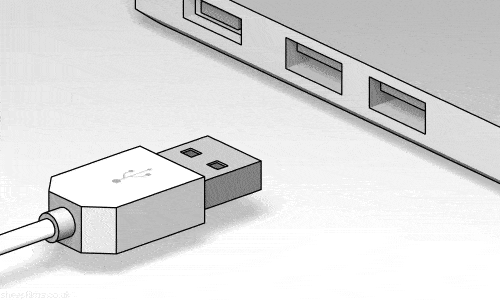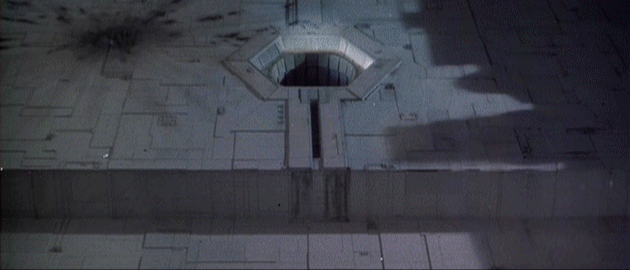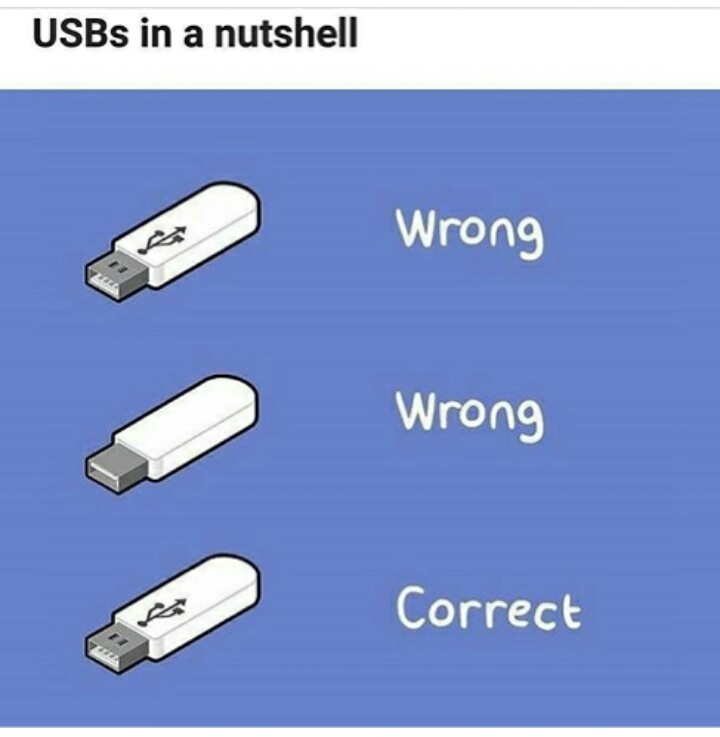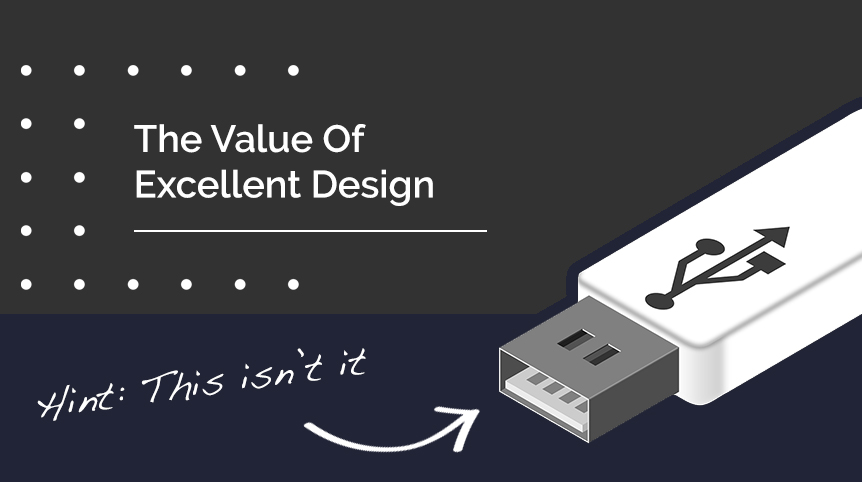Here at Vertical Sight, we obsess over design. Whether we are designing digital experiences, physical products, or customer interaction, we like design. Unfortunately, we sometimes deal with people who think that function is more important than design, but what they don’t understand is that excellent design is an essential part of the function.
Case in point

What is worse than a bad design? A terrible design that stays around for fifteen years and counting. Usually, you will get lucky on the third try and get that USB plugged in….if you’re lucky.
Other notable bad designs: The experience of rushing to make your connecting flight at many airports. The bulletproof glass on the Cyber Truck. The exhaust port on the Death Star in Star Wars.

We also all know excellent design, such as the Swiss Army Knife, the simple Google home page, or the Disneyland visitor experience. All of these are constant reminders of the way strong design can be at the heart of both disruptive and sustained commercial success in physical, service, and digital settings.
Excellent Design Makes Financial Sense
Despite the obvious commercial benefits of designing great products and services, consistently realizing this goal is notoriously hard—and getting harder. Only the very best designs now stand out from the crowd, given the rapid rise in consumer expectations driven by the likes of Amazon; instant access to global information and reviews; and the blurring of lines between hardware, software, and services. Companies need stronger design capabilities than ever before.
We are of the analytical understanding that a companies design performance, no matter their size is usually grossly underrated. Our research shows that companies who performed best financially understood that design is a top-management issue, and assessed their design performance with the same rigor they used to track revenues and costs. In many businesses, though, design leaders say they are treated as second-class citizens. This may because of the stereotype of the eccentric designer who has these grand visions that the engineering or marketing teams roll their eyes at. This is dangerous because design flourishes best in environments that encourage learning, testing, and iterating amongst all types of personalities.
We realize many companies are doing a good job implementing great design practices, but excellent design is a constant adaptation to the ever-evolving market. Companies that assess their design performance with the same rigor they use to track revenues and costs will boost their odds of becoming more creative organizations that consistently design great products and services. The prizes are as rich as doubling their revenue growth and shareholder returns over those of their industry counterparts.
Now please excuse me, I’m still trying to get my USB plugged in…



